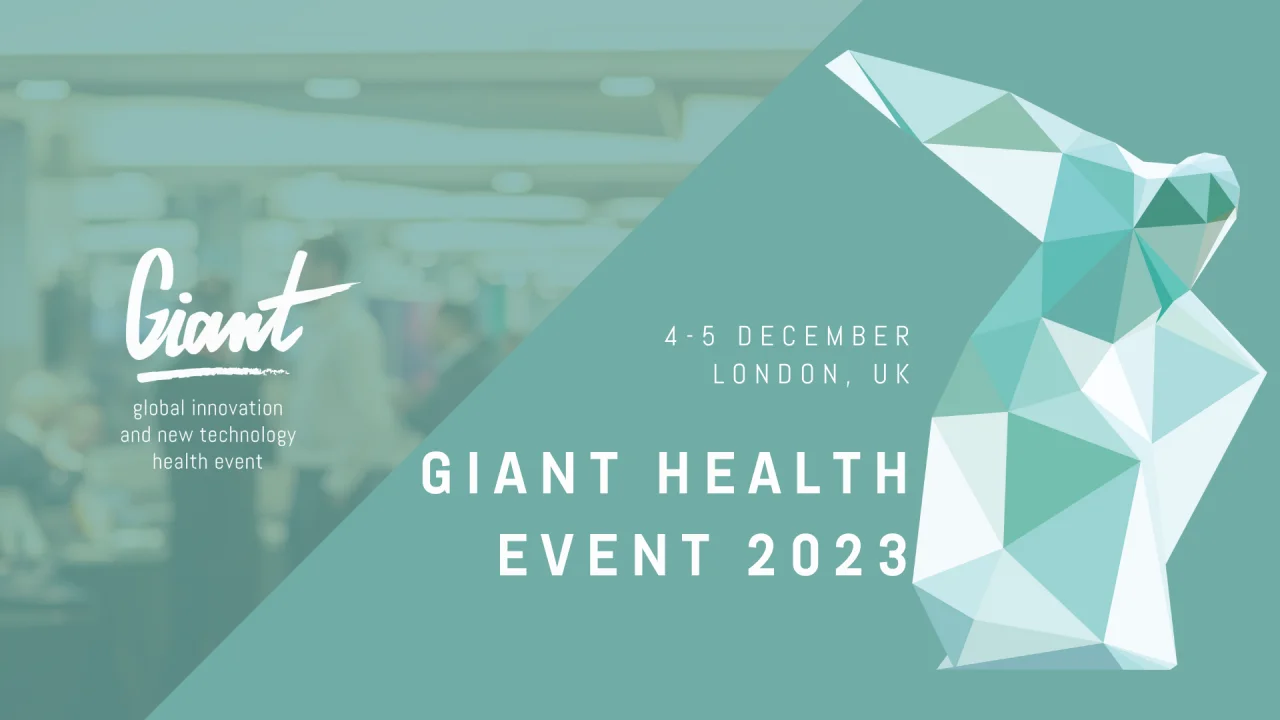
Last month our consulting manager, Peter Hays, and associate consultant, Maria Franco, took part in the GIANT Health Conference held in London. During this two day conference, they attended a wide array of engaging panel discussions, workshops and interacted with a diverse showcase of exhibitors and their technologies. This conference, which has been described as “The UK and Europe’s largest, most valuable Health-tech innovation events” by the Financial Times, attracted more than 60 exhibitor companies and over 450 speakers within the healthcare domain, including medical-oriented start-ups, more established healthcare entities, investors, and other relevant figures in the field. Attendees from all across Europe and North America were present, fostering a rich exchange of ideas from both local and global perspectives.
This year there were 6 different thematic shows/day-events covering topics such as Women’s Health and Innovation, the Future of Hospitals or Investment Strategies in Healthcare. Each theme gathered experts, speakers and exhibitors that led discussions covering challenges, trends and future prospects in their corresponding field.

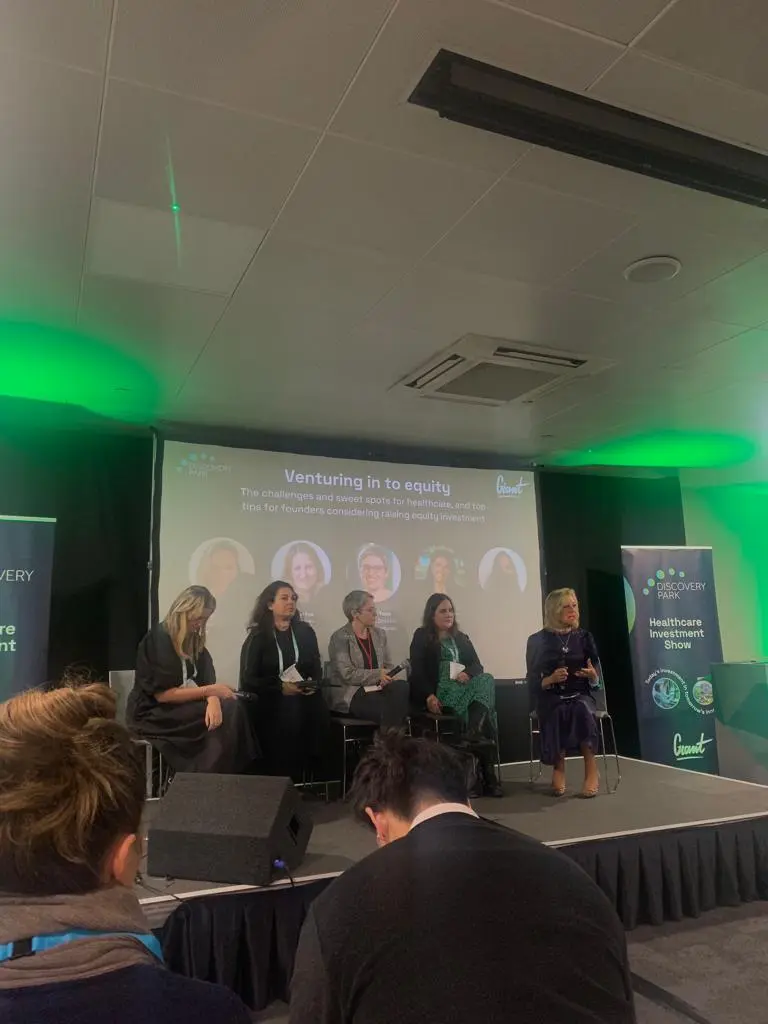
Interacting with a varied pool of exhibitors and experts present at the conference allowed us to uncover some common themes and key takeaways that we consider worth sharing.
In terms of the technologies themselves, AI and diagnostics were definitely two of the hot words heard at GIANT, and although we will analyse them separately, based in the showcased companies, in many panel discussions and founders talks these two went hand to hand, showcasing the potential for improved accuracy in the diagnostic process though the use of AI. On a more general overview of the UK healthcare landscape, the influence of the NHS in new technology uptake did not go unnoticed, having it’s own show at the conference and being brought up as one of the main challenges to navigate in most expert discussions.

This year, the GIANT conference showcased a rising number of companies embracing AI for healthcare solutions, highlighting its growing role in the field. At the conference, companies such as Tortus AI, Postop, and Ufonia each showcased different takes on using AI-driven solutions to benefit the healthcare system with a focus on improving administration and communication.
In addition to the applications of AI showcased at the GIANT conference by these companies, a few of the panel discussions highlighted the general increased use of this technology across many processes in healthcare. From drug discovery and development through analysis of molecular structures to personalized treatment plans based on genetic data, the potential for AI to disrupt and reshape the healthcare is quickly taking shape.
Despite all of the excitement, many are wary that AI is being used as a buzzword without adding value, or that an ill-considered AI could even increase friction for patients and HCPs. During the “Investment in Healthcare” show another consideration emerged: distinguishing when AI genuinely augments value rather than merely riding the wave of innovation. Specifically in healthcare, there are situations, for example the treatment of rare diseases or psychiatric therapies, for which due to the lack of enough data to train the algorithms or the need to take into account every patient’s specific nature and case, AI would achieve optimal results. AI’s potential is enormous, but companies must discern contexts where it’s application significantly enhances patient care or operational efficiency. Embracing AI in healthcare requires a careful balance between its potential and its real impact on advancing the industry.
Furthermore, there’s a concern that AI may increase bias in the healthcare system stemming from the data used to train these algorithms. During the ‘Unlocking opportunities in Women’s Healthcare’ panel discussion it was pointed out that AI could make it harder to provide inclusive care which meets specific individual needs.

The challenge of launching innovative solutions in the UK, and specifically navigating the hurdles presented by the NHS, has been one of the most discussed topics throughout the conference.
We heard from several exhibitors that, despite having obtained regulatory approval in the UK, the process of gaining acceptance and adoption within the NHS ecosystem remained an ongoing endeavour. One strategy for overcoming this institutional friction is to reframe products and services to meet NHS priorities. For example, we heard from one of the speakers on the Femtech panels highlighted how she had shifted from labelling her product with a focus on “Femtech” to a focus on “Chronic Conditions” to make it fit better within NHS interests.
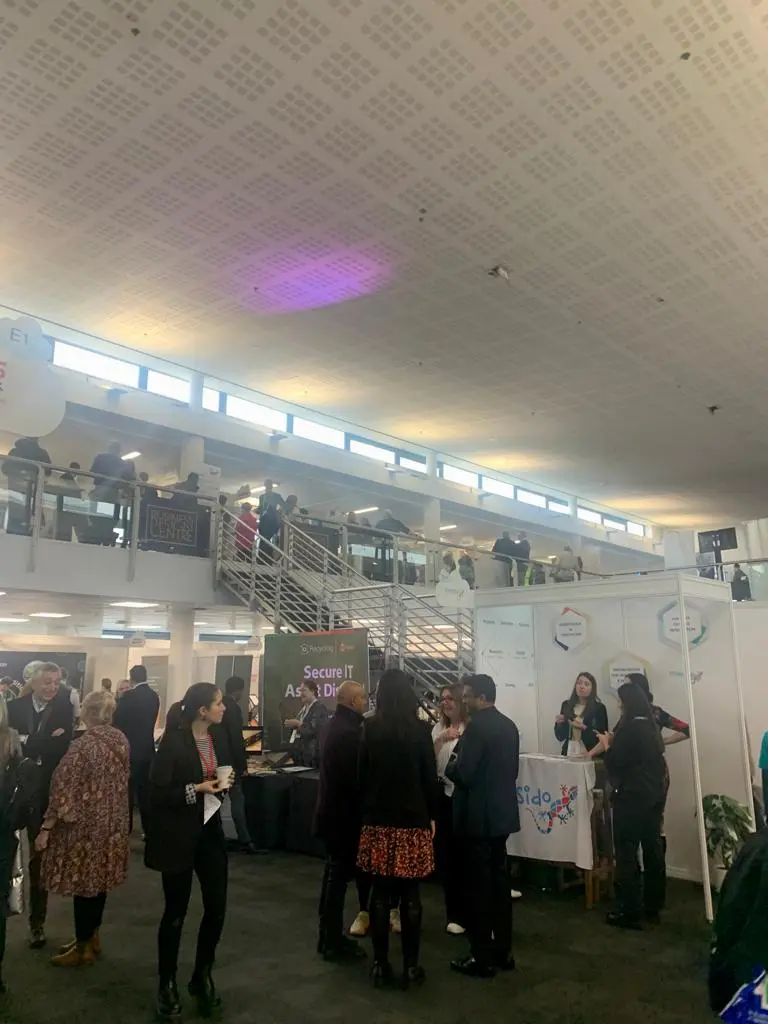
In order to provide some guidance for companies trying to overcome this challenges, the NHS ICS/ICB Congress show provided talks and expert panels discussing the optimal strategies and opportunities to succeed in dealing with the NHS decision makers. One of the resounding conclusion drawn from these conversations was the indispensability of engaging with a spectrum of stakeholders: Key Opinion Leaders (KOLs), doctors, administrative personnel, and regulatory authorities are essential for successfully navigating the complex NHS infrastructure. Collaborating with these stakeholders enables a more comprehensive understanding on the health system’s needs and preferences, which, as it was also highlighted during the Femtech show, “significantly enhances the prospects of technology adoption within this regulated healthcare environment”.
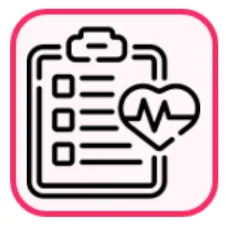
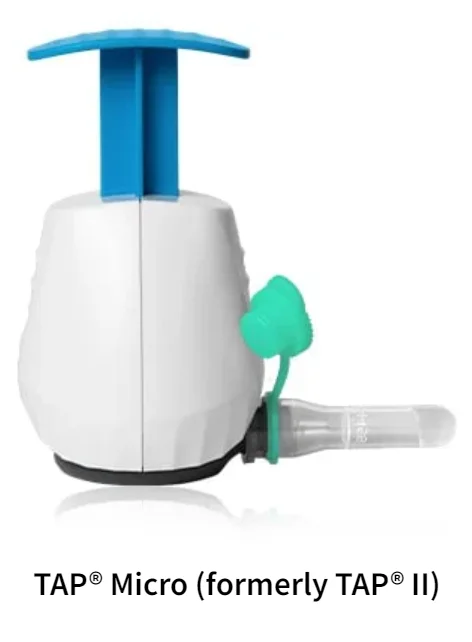
While the focus on diagnostics and prevention in healthcare isn’t novel, the constant emergence of new technologies in this domain remains a consistent theme at healthcare events. Preventive medicine and diagnostics do not only allow timely intervention and treatment, significantly improving patient outcomes and saving lives, but also significantly reduces healthcare costs associated with chronic diseases and inpatient admissions. Companies continuously strive to make diagnostic tools and preventive drugs more accessible both in terms of price and ease of use, as it is for example the case of YourBio Health or CardioSignal, two of the exhibitors at GIANT this year. YourBio Health is a company providing a range of blood collection devices (TAP®) using their HALO™ technology, which is a bladeless microneedle array that allows for an easy and painless blood collection for further diagnosis. CardioSignal goes a step further in accessibility, offering heart disease detection directly through your smartphone without any need for additional hardware
On the prevention side, we also had the opportunity to talk to the people from Porters Care Limited the producers of Vitalerter Bio-Patch, a technology allowing to monitor care home patient’s and alerts staff of any abnormalities. They emphasized the importance and relevance of being able to detect events such as falls or heart incidents before they take place, and how this has the ability of making a huge difference in quality of life for these patients.
The landscape for preventive technologies remains fiercely competitive, given its potential to reach a broader market compared to treatment-based solutions. It is because of this, that companies in this sphere encounter the challenge of distinguishing themselves prominently, stablishing a clear brand identity, and showcasing substantial superior outcomes compared to existing solutions in order to penetrate this expanding market.
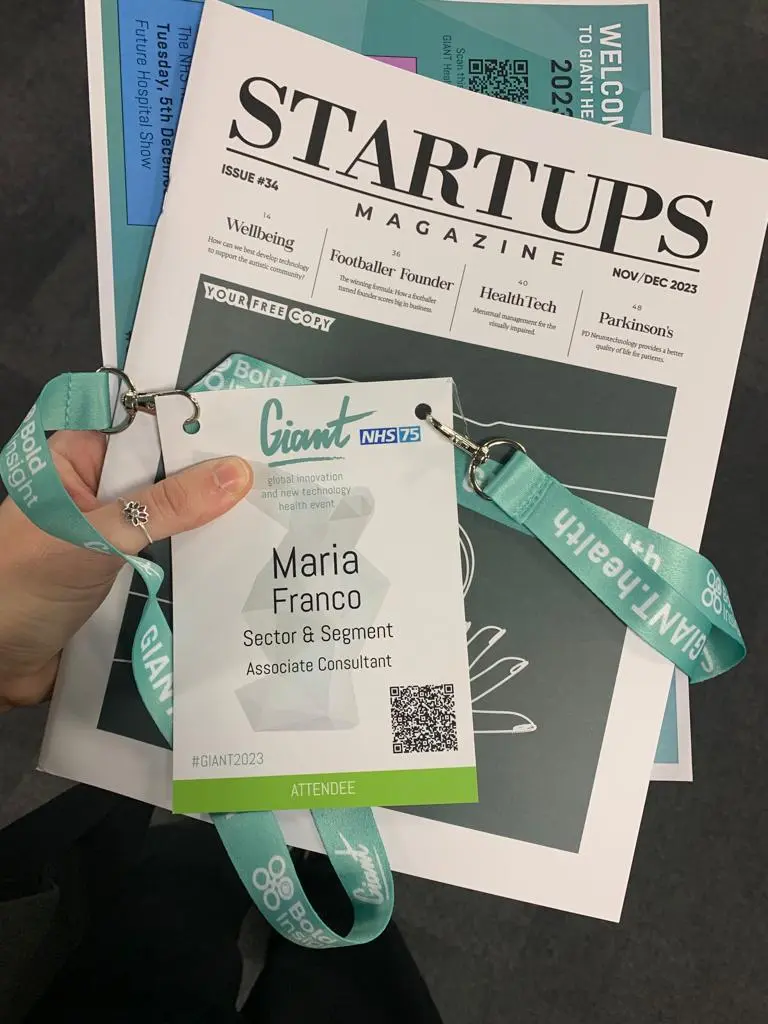
At Sector & Segment we have extensive experience in helping healthcare companies achieve their goals and providing solutions tailored to their specific needs and challenges. We understand the unique market dynamics and competitive ecosystem that these companies operate in, and our expertise on this field allows us to support our clients in designing strong go-to market and positioning strategies.
Article disclaimer from Sector & Segment:
We collect, use, analyse and share data such as statistical or marketplace data and provide information such as opinions and insights for general information purposes only. The content of this article is not intended to amount to advice of any kind. No reliance should be placed on any statements made in this article, whether for medical, health, legal purposes or otherwise. Nothing in this article is an offer to enter into a binding contract or a recommendation, endorsement, guarantee or warranty of any kind. The content of this article is aimed at industry institutional professionals and is intended to serve as a concise initial reference and not as a complete reference source. You must obtain medical, professional or specialist advice before taking, or refraining from, any action on the basis of the content in this article.
You acknowledge that the content of this article may contain inaccuracies or errors and we expressly exclude liability for any such inaccuracies, incompleteness or errors to the fullest extent permitted by law. Neither we nor any third parties provide any warranty or guarantee as to the accuracy, timeliness, performance, completeness, or suitability of the information herein for any particular purpose. Some information may contain links to other sites, resources, or opinions of third parties and are provided for your information only. We have no control over the contents of those sites or resources and are not responsible for the content. In no event shall we be responsible for any loss or damage of whatever kind (including negligence) arising out of or in connection with your use of or reliance on any content within this article. You agree that your use of this content is at your own risk. This does not affect claims in respect of death or personal injury caused by our negligence and or excludes or limits liability that cannot be limited under law.